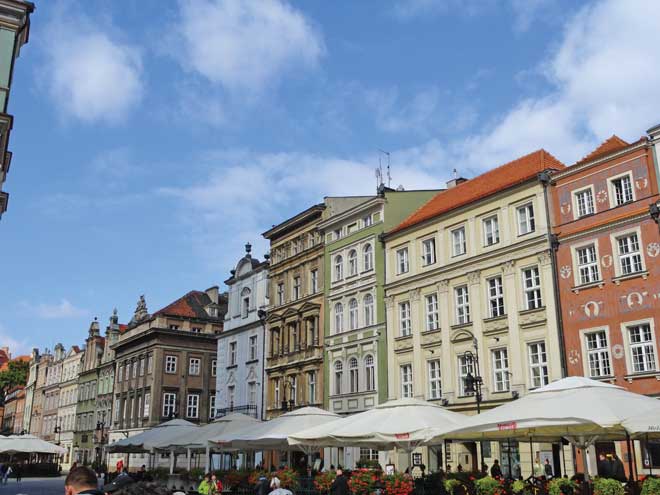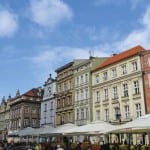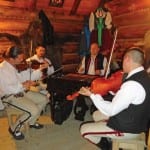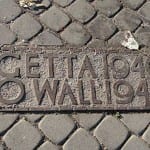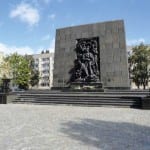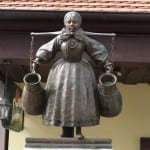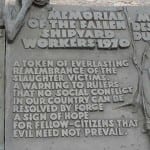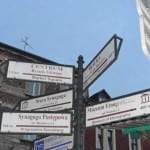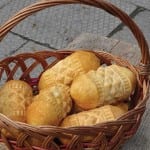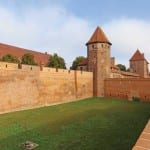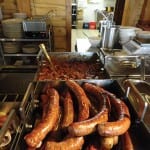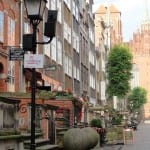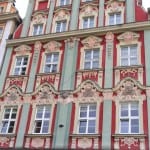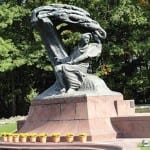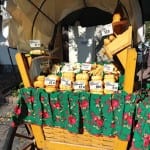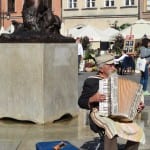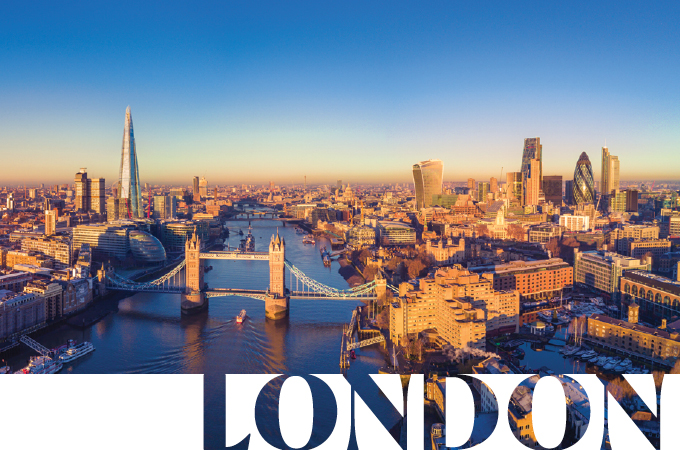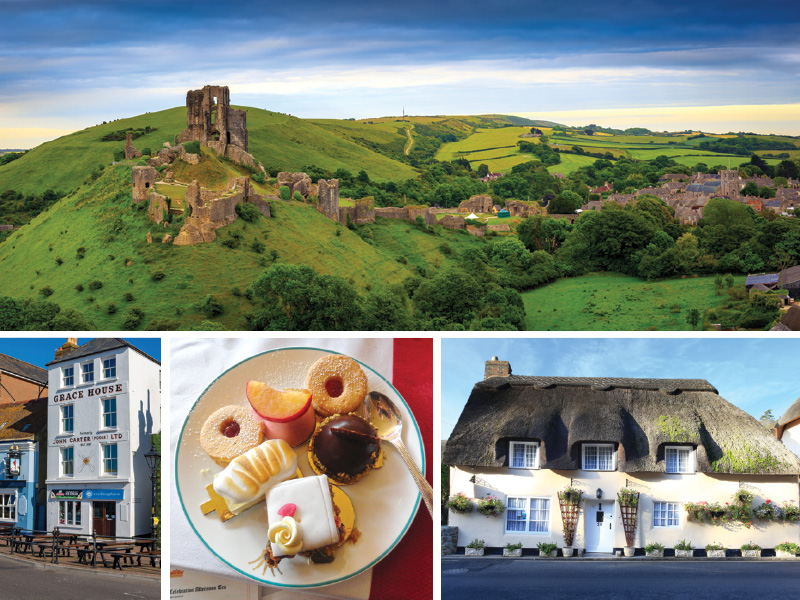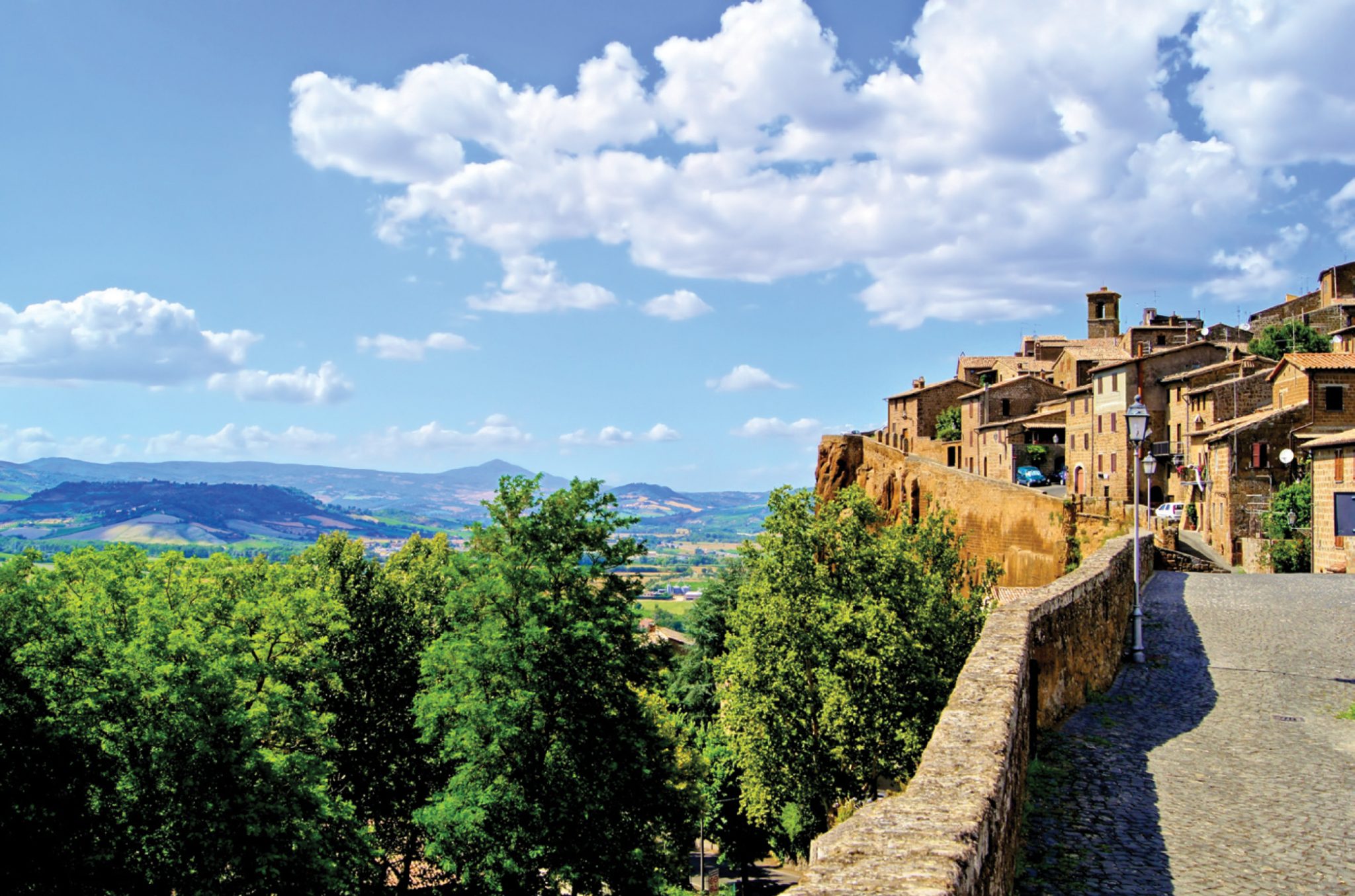In Poland, Krakow is always spelled with a K because, the legend goes, a fierce dragon lived under the city’s magnificent Wawel Castle and ate five damsels every week until a young shepherd named Krak tricked him by feeding him poisoned lamb instead. That made the dragon so thirsty, he crawled into the Vistula, the river that has defined Krakow and so many other Polish cities, and drank until he exploded.
Now that’s the kind of fairy tale Polish children grow up with, and it explains a lot, including why Polish cities have such severe-looking churches and castles. This is a country of wrought iron doors and Gothic spires, not rosy cherubs and colorful frescoes. But that’s understandable, given its history as a crossroads in the crossfire. When Poland wasn’t fighting off the Teutonic Knights, the Prussians, the Tatars and the Swedes, it was trying to fend off the Russians or the Austrians. And then there’s The Partition, 123 years when it didn’t exist as Poland at all (1795 to 1918).
Visiting today offers a new perspective on a country Americans tend to know very little about, other than its dark World War II history. And even that is incomplete, typically seen only from the vantage point of victors in that conflict. But during an Insight Vacations tour called Highlights of Poland, we spent 10 days touring with local guides who made it clear that Poles are very much affected by the national pain of their history. In recent memory, that meant invasion and subjugation by the Nazis—including the deaths of 3 million gentile Poles—followed by 45 years of Soviet repression. And that doesn’t even touch on the more ancient wrongs, or the loss of an entire Jewish population that had existed and thrived there for 600 years.
Krakow, where our trip started, is both a modern and ancient city, with a well-preserved medieval Old Town of street vendors (the Rynek Glowny), the walled Wawel Castle, the royal cathedral (site of coronations), St. Mary’s Basilica (complete with a live bugler at 6 p.m. every day), and a town hall tower dating to the 13th century. If you did nothing in Krakow except wander around this Old Market Square, you would absorb all the charm of old Eastern Europe.
Now if you’re thinking, ‘what charm?’ you’ve never seen the photos. It’s in the uneven cobblestone streets, the 14th century trading route still so evident in the arched porticoes of Cloth Hall (Sukiennice), and the square’s church, where worshippers are always welcome, but tourists have limited access. And it’s still a city largely without Starbucks and other Western exports, making a stroll anywhere a cultural experience. The language isn’t even remotely phonetic, so window shopping is the best way to find what you want.
Poland is a surprisingly big country, but there are several good day trips from Krakow, if you land there, including the Wieliczka salt mine. Formerly owned by the Polish kings, this mine provided 25 percent of the royal wealth. Started in 1288, it was in operation until the late 1990s, even during the Nazi occupation, when it was the site of forced Jewish labor. It became a Unesco World Heritage Site in 1978. In addition to the fascination of being more than 1,000 feet underground, the mine offers a glimpse into the dark and dangerous world of mining, where flooding from underground water and explosions from the buildup of methane gas have killed so many. A highlight is the many bas relief figures and statues—constructed of salt—throughout the underground corridors.
Back in Krakow, don’t pass up the chance to walk around the old Jewish quarter, Kazimierz, where the pulse of Jewish life is still detectable. Even though the city’s Jewish population is greatly diminished (to a few hundred from 60,000), there is a resurgence of interest in Jewish culture there. You can easily find Jewish-style restaurants and klezmer music, neither necessarily owned/operated by Jews, and signs to follow for a walking tour of the neighborhood’s Jewish buildings, including numerous synagogues. The old orthodox synagogue still exists on one side of the square—although it had been used as a stable by Nazi governor Hans Frank during the occupation— and there is a small, new Jewish Community Center.
From Krakow (pronounced Kra-kouf in Polish), our Insight tour took us south toward the Slovakian border, where Poland and Slovakia share the scenic Tatra Mountains, the highest range in the Carpathians. There, we spent the night in Zakopane, a resort town in the highlands renowned for its carved-wood, Alpine-style chalets. The mountain folk are called Gorals, and they have their own dialect, music, food and dress, all of which we got to experience firsthand during an evening at Bakowa Zohylina Wyznio a mountain dining lodge that was covered, wall-to-wall, with mounted animals indigenous to the region (including bear, wolf and lynx).
But there is no rest for the weary, and that includes tourists trying to see a country the size of New Mexico in eight days. After tasting the distinctive sheep’s milk oscypek cheese and a visit to the stunning Papal sanctuary at Krzeptowki built in thanks after Pope John Paul II’s near-assassination, we were back on the road, headed for Oswiecim (Ash-vee-shem), better known by its German name, Auschwitz.
It required every bit of our half-day tour to take in the chilling horror of the guard towers, the railroad tracks, the double rows of barbed-wire fencing and the sickening sardonic sign that greets all who enter: Arbeit Macht Frei (work makes you free). Our next stop, Wroclaw (Vratz-waf) was the first of three cities in a row that illustrated the determination of the Polish people to rebuild their historic medieval city centers.
A college town, Wroclaw—like Poznan and Torun after it—has a colorful cobblestoned town square with statuary, elegant fourstory homes butted up against each other and elaborately frescoed exteriors. Since a portion of these towns, which run along a historic medieval trade route, were destroyed by either the Germans or the Russians, they have been lovingly restored by the Poles based on pre-war photographs and paintings.
Next, Gdansk, a famously wealthy trading city on the Baltic Sea, is rich with history also. It is the home of Lech Walesa, leader of the Solidarity movement that ultimately eroded the USSR, and the site where WWII began, when Hitler invaded under the pretense of ‘reclaiming’ the city (known as Danzig in German). Two days here allowed time to explore those historic roots, and to walk the charming Mariasta Street with its architectural stoops and amber street vendors. Our tour ended in Warsaw, the city that rose, literally, from the ashes of WWII, when 85 percent of the city was leveled on orders from Hitler. He was incensed by two heroic rebellions: the Warsaw Ghetto uprising of 1943 and the Warsaw Uprising by the Polish resistance Home Army a year later.
Now a modern center of business and commerce, the city retains Old World charm among the skyscrapers: in Lazienki Park, the recreated Main Market Square, Wilanow Palace and the Chopin fountain, a memorial to the city’s most recognized native son.
[the essentials]
eat
Part of the charm is the homogeneity of Poland’s food. American and other cuisine is uncommon here, so enjoy the sausages, beet root soup (borscht), pierogi, mushroom soup (grzybowa), zurek (sour rye soup), marinated herring and other specialties. The food is heavy, but remember that the big meal, obiad, is traditionally eaten in the middle of the day, around 2 p.m., not at ‘suppertime.’
shop
Amber jewelry is everywhere, so you are bound to see something you like. And colorful patterned pottery is also indigenous, as are many vodkas, like the honey-flavored Krupnik and the signature Zubrowka Bison Grass. Prices in this country, in general, are very reasonable. You’ll be surprised by how far the dollar goes.
play
If you’re here for at least a week, try to get to the various regions, as Poland has lowlands, seaside and mountains. Gdansk and Sopot are resort areas in the north, on the Baltic Sea. Zakopane is a ski town south in the Tatra mountains, and you shouldn’t miss Krakow, Warsaw and Gniezno, all onetime capitals of Poland. Insight Vacations (insightvacations.com) offers excellent value and itineraries: the coaches are roomy, the tour leaders are knowledgeable and the accommodations are first-class.
stay
Insight Vacations had us mostly in American hotel chains like Hilton, Sheraton and Radisson, which I highly recommend. Standards here are much different from what we’re used to, and only four- and five-star hotels like these provide the comforts Westerners expect.





